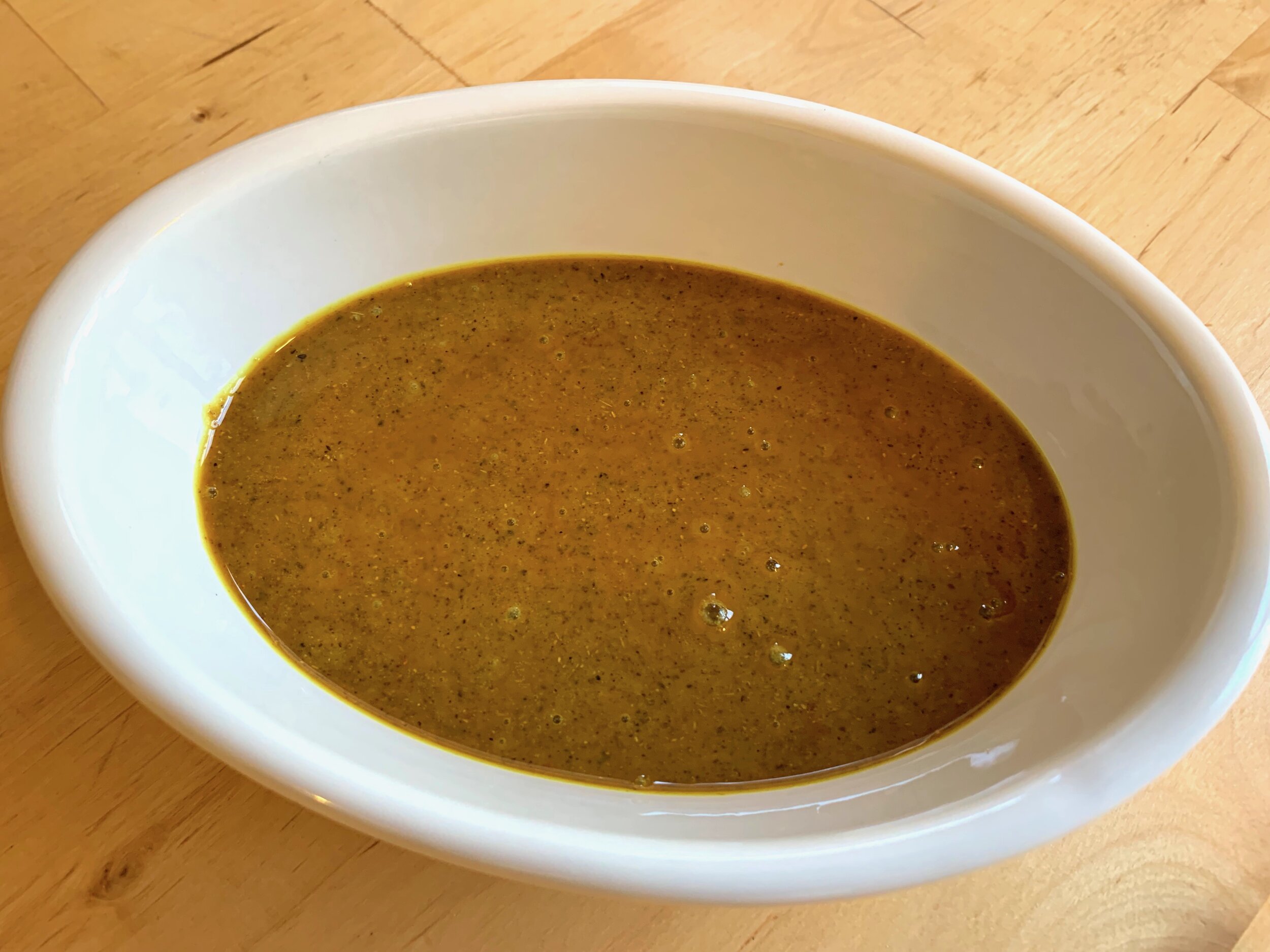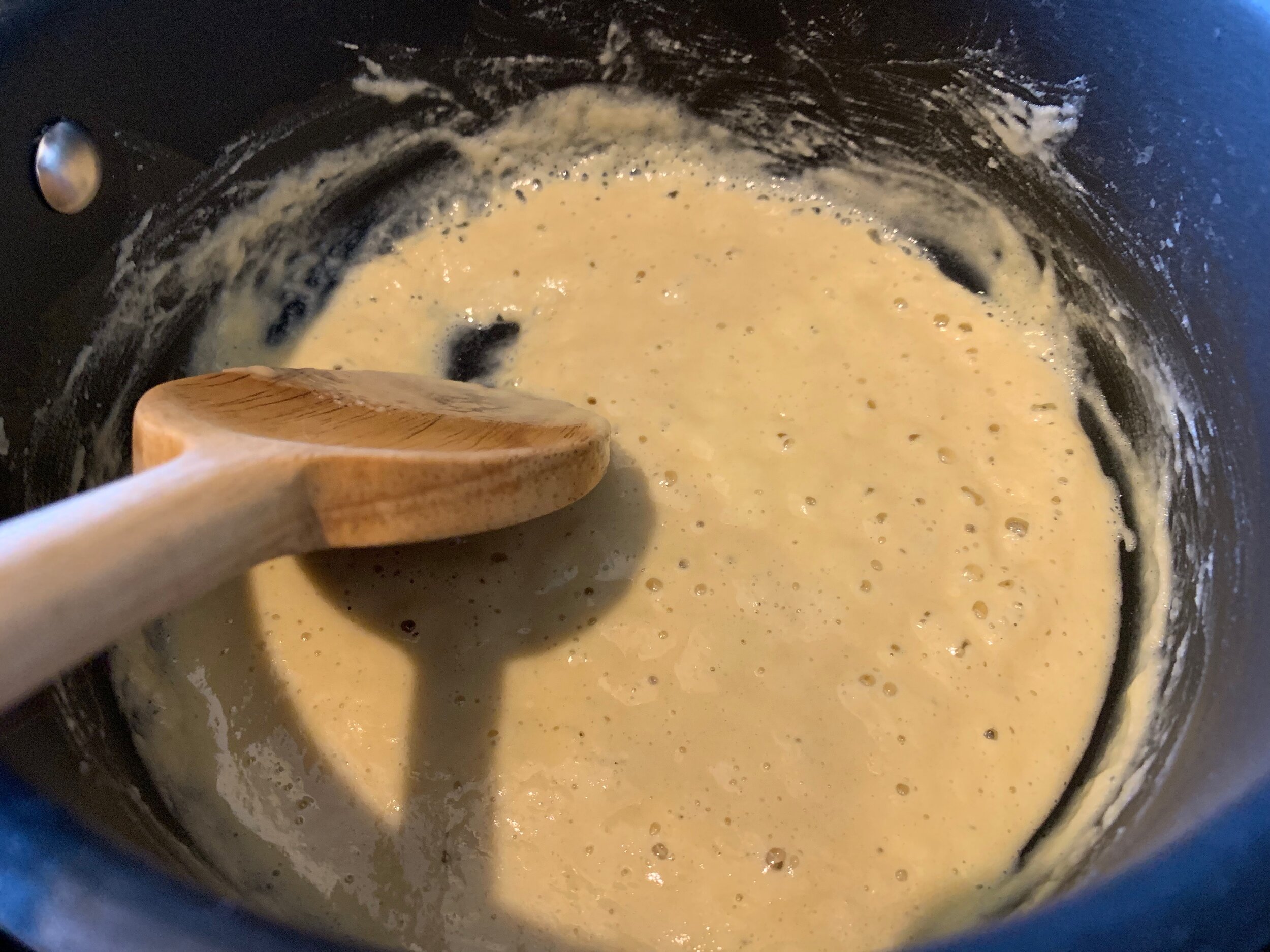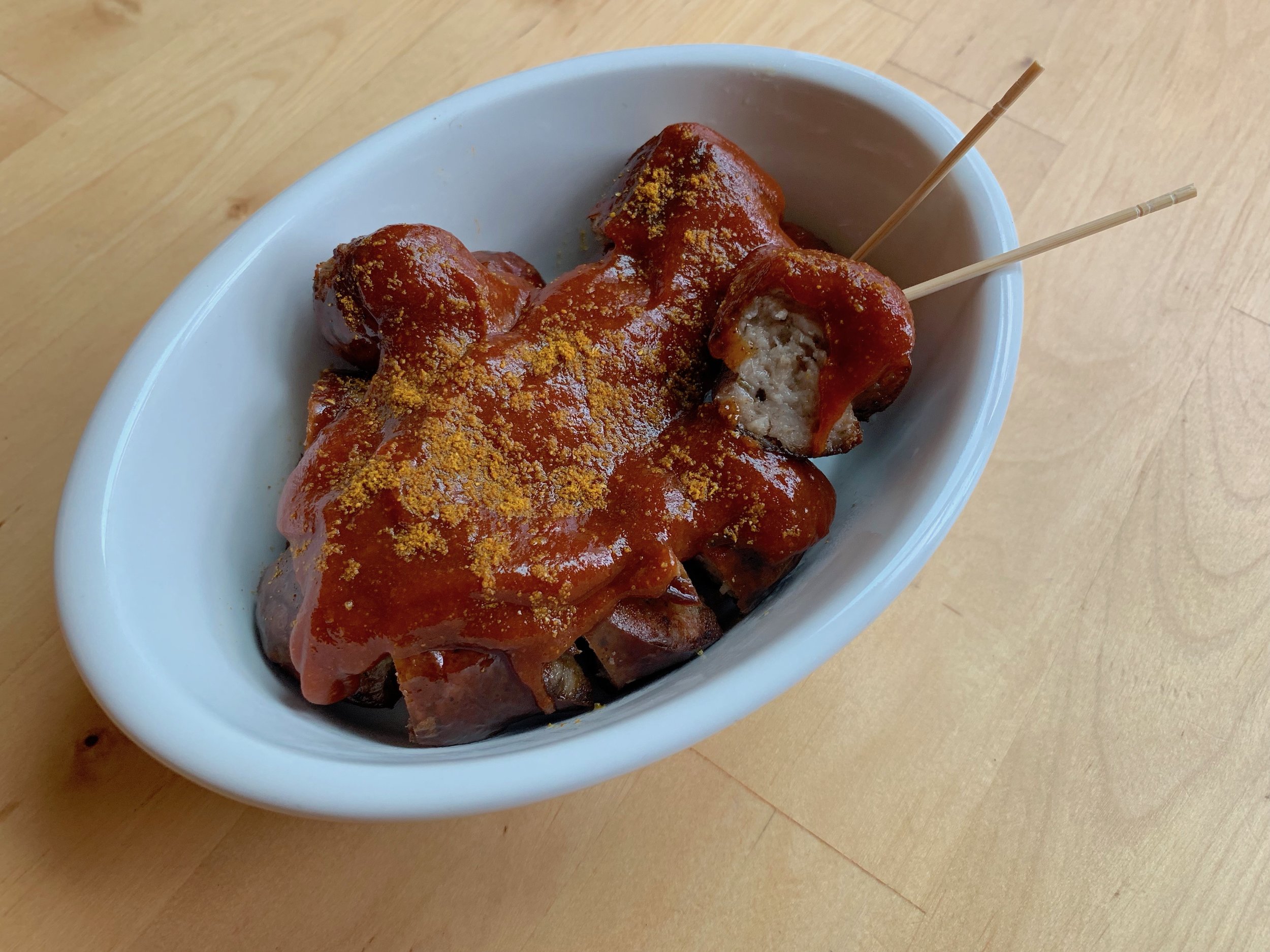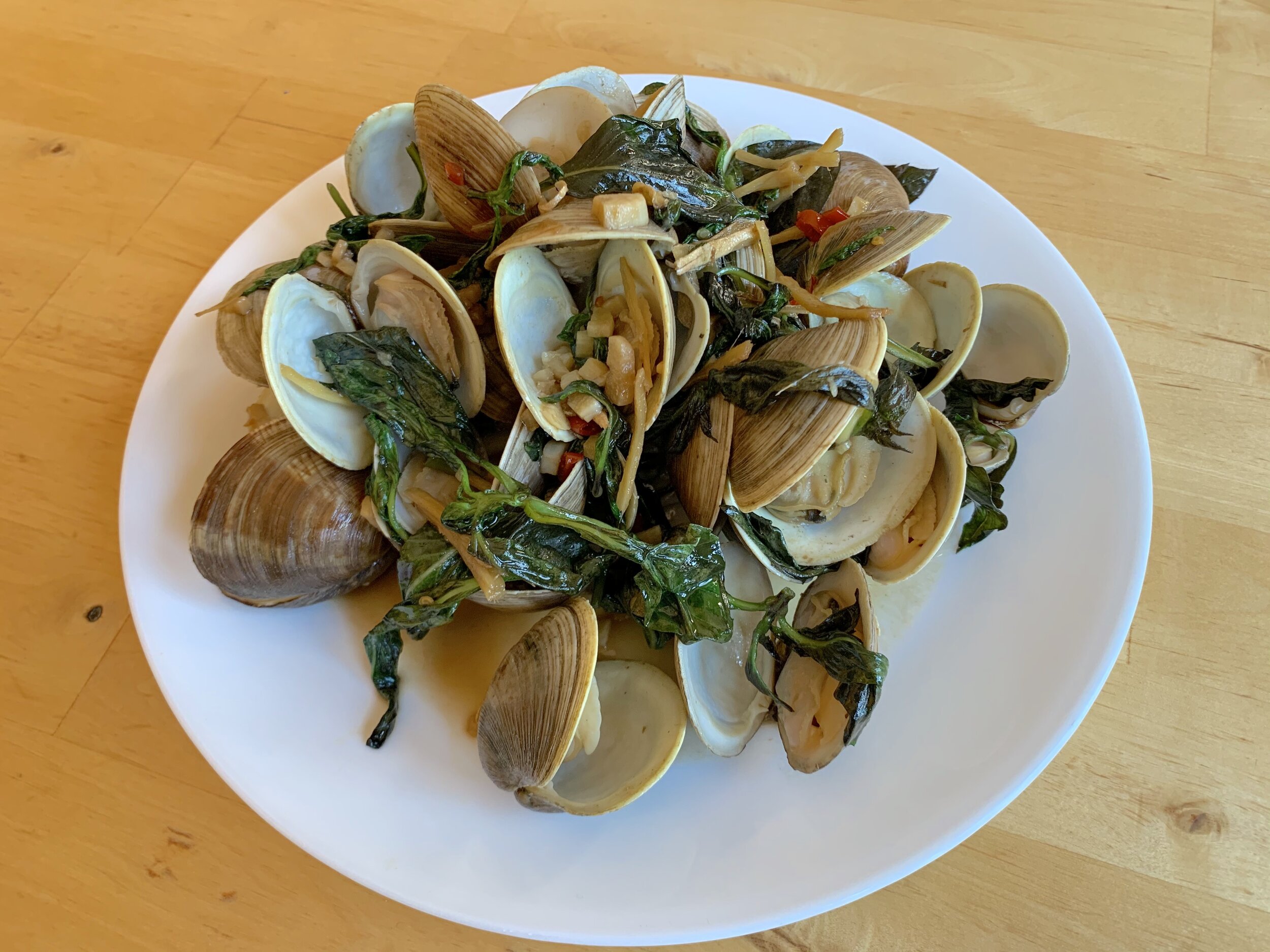Japanese Curry Roux

カレールー (Kare Ru)
Japanese curries are made with a variety of meats, including chicken, pork, beef, and mackerel. Additionally, there are vegetarian curries made from apples and bitter melon, soup curry, and curry sauces are served with katsu and rice. Japanese curry bears negligible resemblance to Indian curries, sharing little except some common spices. The base of all Japanese curry dishes is a curry roux. Using a roux—a cooked mixture of flour and butter [1]—to thicken a sauce or stew is a European cooking technique, a fact which points to the foreign origins of Japanese curry (refer to the Japanese Beef Curry post for more on the history of the dish).
Pre-made instant curry roux can be found in block form in most Asian supermarkets. [2] While these blocks of curry roux are very convenient and often pretty tasty, I encourage you to try making Japanese curry roux at home if you have the time! Store-bought curry roux often contains a great deal of salt, and spices always taste more vibrant when they are freshly toasted. Additionally, when making your own, you can customize the flavors by adjusting the spices and the heat.
Ingredients
4 tbsp butter
4 tbsp flour
1 tbsp curry powder
1 tbsp garam masala
¼ tsp white pepper
¼ tsp cayenne pepper or to taste
We begin at the beginning for any roux—equal parts butter and flour. Melt 4 tablespoons of butter in a saucepan over medium heat. When the butter has melted, add 4 tablespoons of flour, and stir immediately. The roux should become a smooth paste as each granule of flour is coated in the fat. Continue stirring continuously as you continue to cook the roux.
As the roux cooks, more and more water evaporates, increasing the likelihood of the roux burning. The best way to avoid this outcome is to stir constantly, keeping the roux moving. Because a roux is designed to absorb flavors, if even a small portion of the roux burns, the whole batch is ruined. We are looking for a light brown roux for this application. The roux should turn a pale caramel color, and it should start to smell like toasted bread. This should take about 15-20 minutes over medium heat. Confident cooks can speed this step up by working at a high heat, but remember that the margin of error at high heat is much smaller.
When the roux is light brown, add in your ground spices. These spices should be pre-portioned and standing by, so you can add them to the roux without interrupting your stirring. For Japanese curries, I prefer to use 1 tablespoon curry powder, 1 tablespoon garam masala (homemade is best), ¼ teaspoon white pepper, and ¼ teaspoon cayenne pepper. You should consider this only a guideline, however, and tweak this recipe to your taste. Cook the roux for just 1 minute more, stirring the spices in. This should be enough to toast the spices, without burning them. Remove from the heat and pour the roux into a heatproof container.
The roux will solidify as it cools, turning it into a soft block. This can be used right away, or stored for later. Tightly wrapped, curry roux will keep in the refrigerator for 2 weeks. It can also be frozen. Freeze the roux in small cubes for easy use later!
To make a simple curry sauce from the roux, bring 2 cups of chicken stock or dashi to a boil in a saucepan. Add 2 oz. of the curry roux to the pan, and stir well. Cook for 5 minutes, until the sauce is smooth and thickened.
Substitutions
Experiment with adding other spices to your curry roux. Some good candidates are chili powder, cinnamon, garlic powder, onion powder, Chinese five spice, and perhaps even some citrus zest.
[1] In French, “roux” means reddish-brown. It is a shortening of “beurre roux,” which translates to “browned butter.”
[2] The most popular instant curry roux brand in Japan is Vermont Curry—which is neither made in, nor contains ingredients from, the Green Mountain State. So how did Vermont Curry get its name? In 1958, Dr. D.C. Jarvis published a book titled, “Folk Medicine: A Vermont Doctor’s Guide to Good Health,” in which he claimed that a mixture of honey and apple cider vinegar could cure pretty much anything. This was soon debunked, but not before becoming a brief health fad in early 60’s Japan, and the House Foods company named their new instant curry product “Vermont Curry” to capitalize on the fad. Their recipe does indeed contain a touch of apple and honey.
Recipe
Prep Time: 2 min Cook Time: 20 min Total Time: 20 min
Difficulty: 3/5
Heat Sources: 1 burner
Equipment: saucepan
Servings: 6
Ingredients
4 tbsp butter
4 tbsp flour
1 tbsp curry powder
1 tbsp garam masala
¼ tsp white pepper
¼ tsp cayenne pepper or to taste
Instructions
1. Melt the butter in a saucepan over medium heat. When the butter is melted, add the flour and stir until smooth to form a roux.
2. Continue cooking over medium heat for 15-20 minutes, stirring continuously to prevent the roux from burning. Cook until the roux turns light brown in color and smells like toasted bread.
3. Add the curry powder, garam masala, white pepper, and cayenne pepper to the saucepan. Cook for 1 minute, stirring until the roux is uniform in color and the spices are fragrant.
4. Remove from the heat and pour the roux into a heatproof container. Let cool, then use immediately, or refrigerate or freeze for later use.
To Make a Sauce
1. In a small pot, bring 2 cups of chicken stock or dashi to a boil. Add 2 oz. curry roux to the pot.
2. Cook the sauce for 5 minutes, stirring constantly, until the sauce is smooth and thickened.














